Description
The Great Western Railway No. 111, was a locomotive designed & built by George Jackson Churchward in 1908. It was unique in being only one member & also the only 4-6-2 (Pacific) the GWR would build or own. It also is the first pacific type used in Great Britain. By 1907, Churchward was very pleased with both the 29xx ‘Saints’ & 40xx ‘Star’ classes he had introduced on the GWR to haul the fastest & heaviest trains. At the time, they could handle these trains with ease. This is where the confusion comes. Why was ‘The Great Bear’ built? Over the past century, many GWR enthusiasts have thought about this question, with many answers being suggested over the years. The two most likely explanations are:
1. Further Experiment / Test – Churchward had conducted many trials and tests in order to develop a fleet of locomotives suitable for the GWR’s needs. His main philosophy was the boiler is the key component in a steam locomotive. With this philosophy and having produced the successful Swindon No.1 boiler, No.111 can be seen as a trial for a larger boiler. His current fleet of locomotives would most likely become unsuitable for traffic demands in the future, with “The Great Bear” an experiment to test bigger boilers which would be needed in the future. The Swindon No.6 boiler of 111 could produce large amounts of steam, suitable for long-haul trains, this being shown in service.
2. PR Material – Alternatively, many people think the idea of “The Great Bear” came from the directors. The competition was high with other railway companies, with the Marketing Departments always looking for new PR material to use. On the success of the ‘Stars’, the directors of the GWR could have asked for an enlarged ‘Star’ to be built. To further boost PR from the engine, the 4-6-2 ‘Pacific’ could be used. At the time, no other standard gauge engine in England had this wheel arrangement, therefore attracting much attention and interest.
We will never know the true reason, but we do know the engine was completed at Swindon Works in February 1908.
On mechanical grounds, 111 followed the same basic design as the ‘Star’ class. The main differences being the large Swindon No.6 specially built for the engine and rear part of the locomotive, where a trailing truck was fitted. The ‘Star’ cylinder block was altered by having 15in diameter cylinder bores (later fitted as standard to the ‘Stars’) and smoke box saddled adjusted to take the larger diameter No.6 boiler. Although based on sound engineering, in practice “The Great Bear” was very impractical and suffered many mechanical faults. Before the engine could even enter service, heavy route restrictions were placed on it by the Civil Engineer, so strict that the only route 111 was authorized to run over was the original GWR Bristol to London Paddington mainline. This was due to the heavy axle loading of 20 tons on the coupled wheels, which majority of lines couldn’t handle in 1908. The engine spent its entire life-based at Old Oak Common, the depot for Paddington Station.
After only a short spell in revenue earning service was 111’s design flaws noticed. Firstly, the trailing truck’s axleboxes were prone to overheating. This was due to them being inside bearings, which reduced air flow to cool them and also increased exposure to heat from the firebox. Secondly and more importantly was the boiler. Greater efficiencies were hoped to be achieved from the huge tube surface area, but in practice this was not the case, proving to provide only minimal gains in efficiency. The long firebox needed longer fire irons, which crews found a problem when lifting them in and out the firebox. This lead to a reduced cab roof length, at the cost of even less weather protection. Modifications were made to the boiler, such as changes to the superheating, tube diameter, and top feed added.
The large boiler did prove useful for the night freight trains out of Paddington. The boiler produced and maintained a huge reserve of steam, perfect for the heavy, fast and long-haul freight trains, as “The Great Bear” always had the steam to keep the train going. Due to this, 111 was mostly just employed on this train.
With the start of World War 1, further development of the engine ceased despite the need for more improvements. “The Great Bear” did provide useful data when the Operating Department require a large engine for hauling heavy fast freight trains, leading to the design and construction of the 47XX 2-8-0s class in 1919. Collett replaced Churchward as Chief Mechanical Engineer in 1922, with 111 still in operation. The time had come for larger express engines, with the 4073 ‘Castle’ class entering into traffic in 1923. These engines were enlarged ‘Stars’ with 4-6-0 wheel arrangement and a number of minor modifications and updates. Tractive effort was increased by roughly 5,000 ibf more than the 111’s, removing its power claim. With this and heavy firebox repairs needed Collett used this as support in withdrawing the engine. Early 1924 saw 111 “The Great Bear” rebuilt into a ‘Castle’ class, with “The Great Bear” being the GWR’s first and last locomotive to feature the 4-6-2 wheel arrangement.

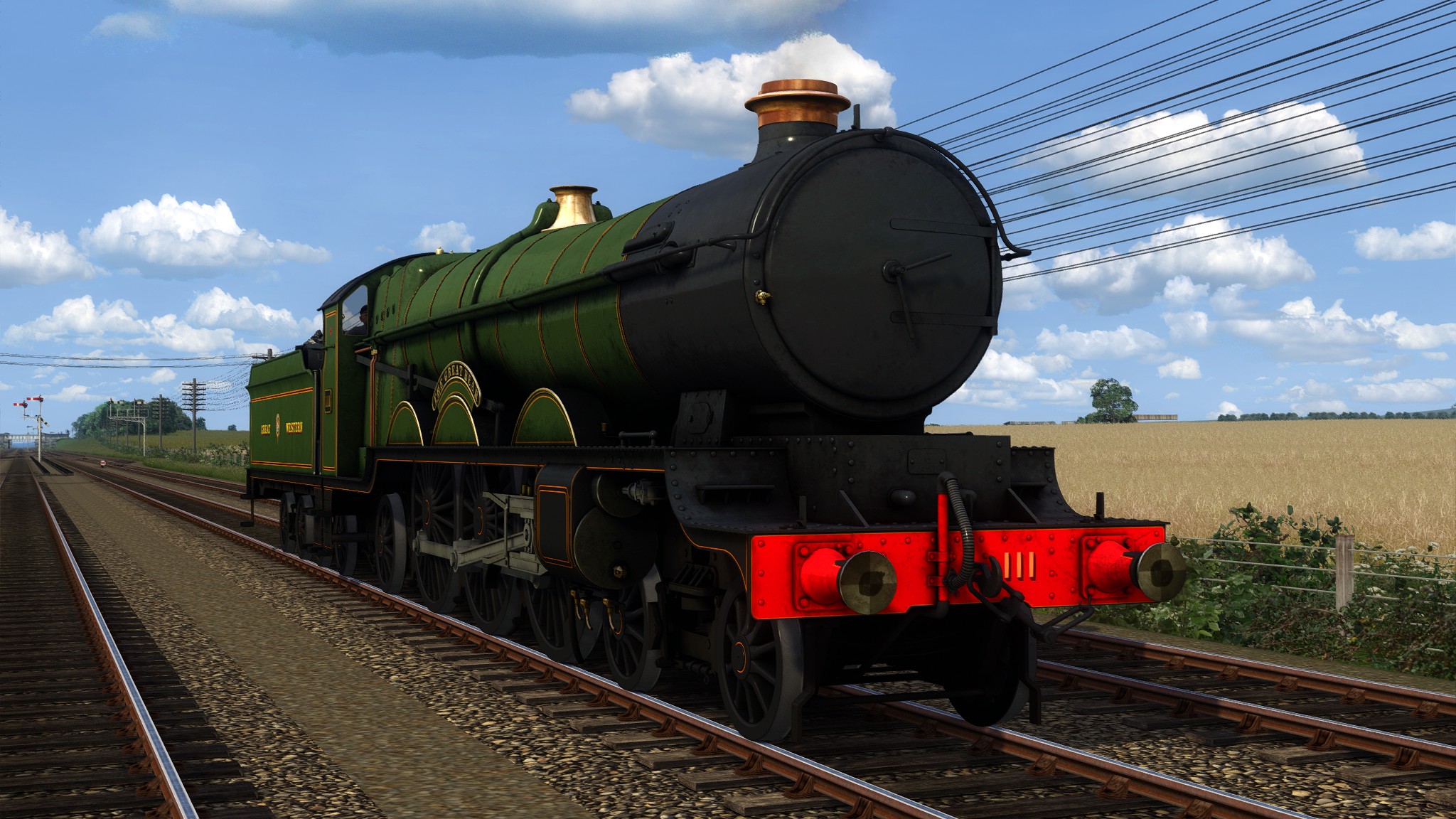
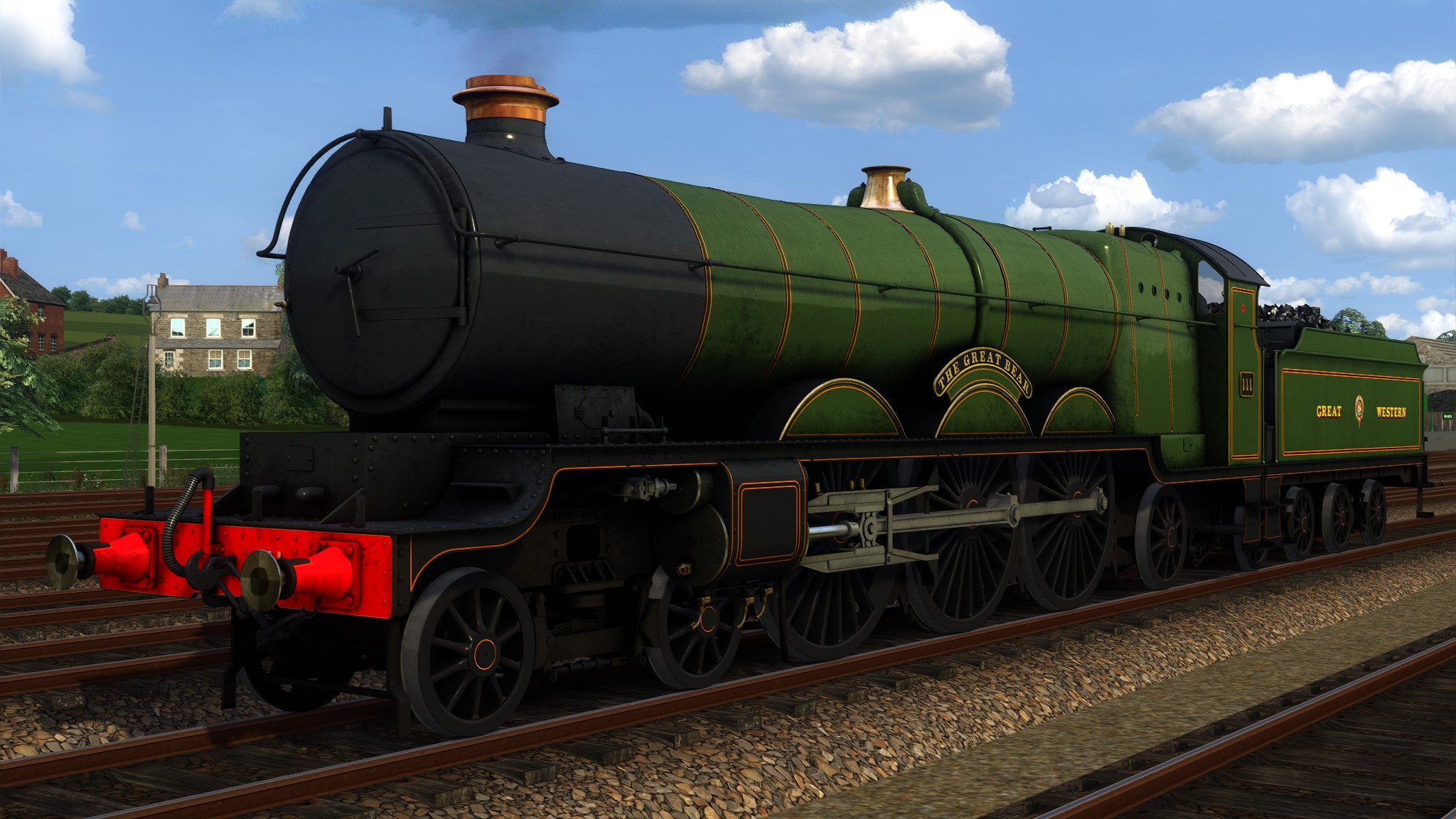
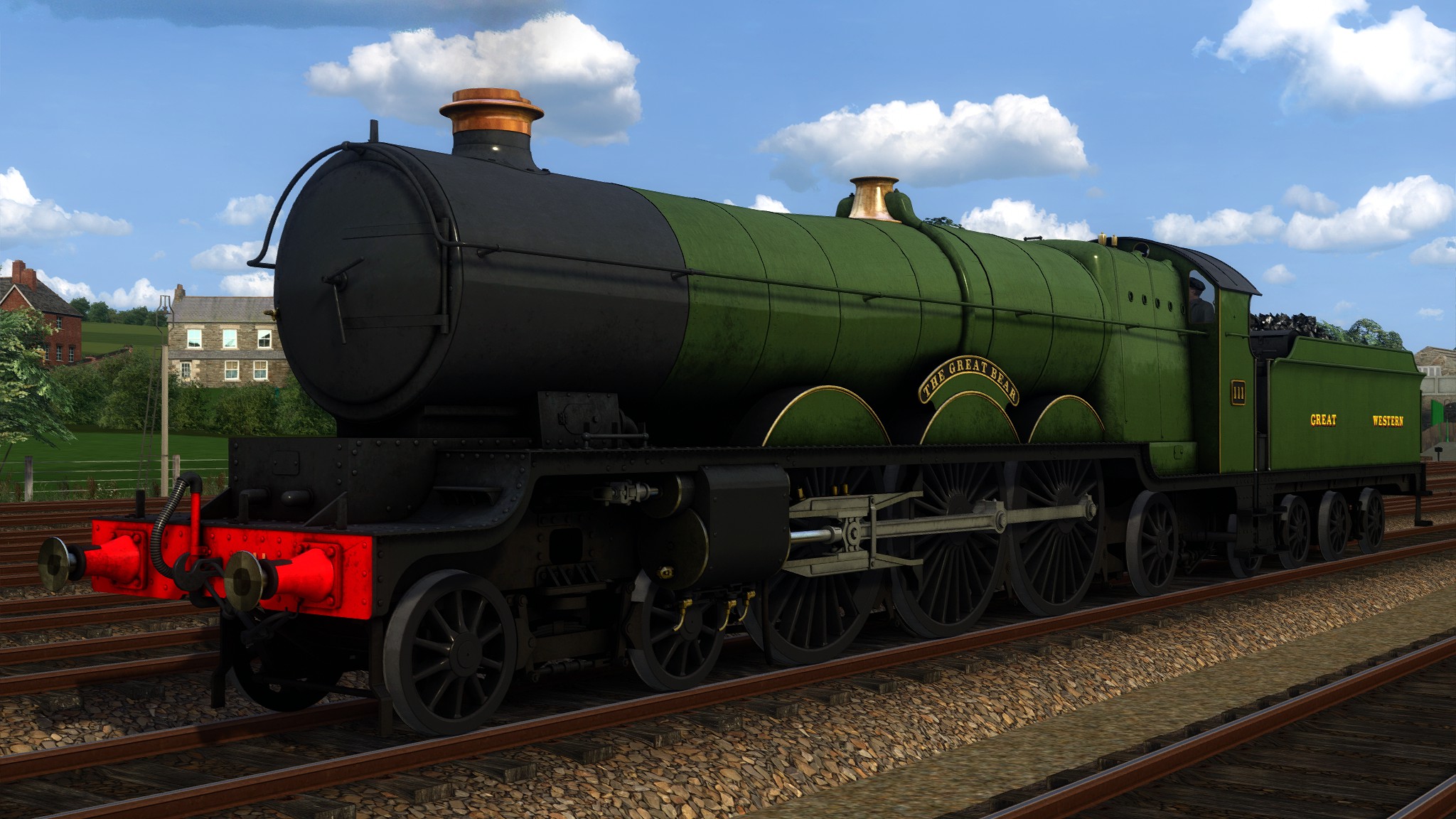
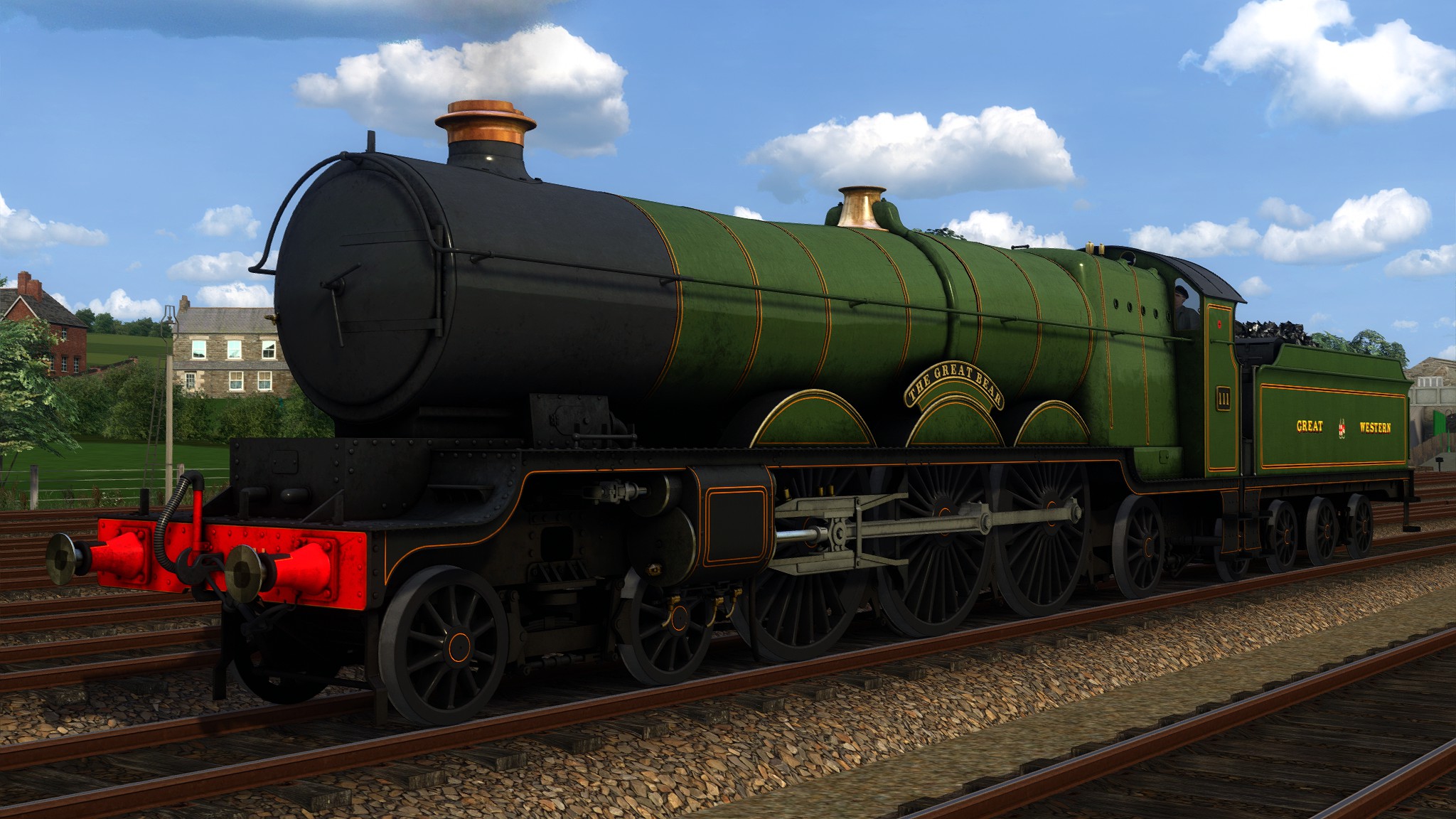
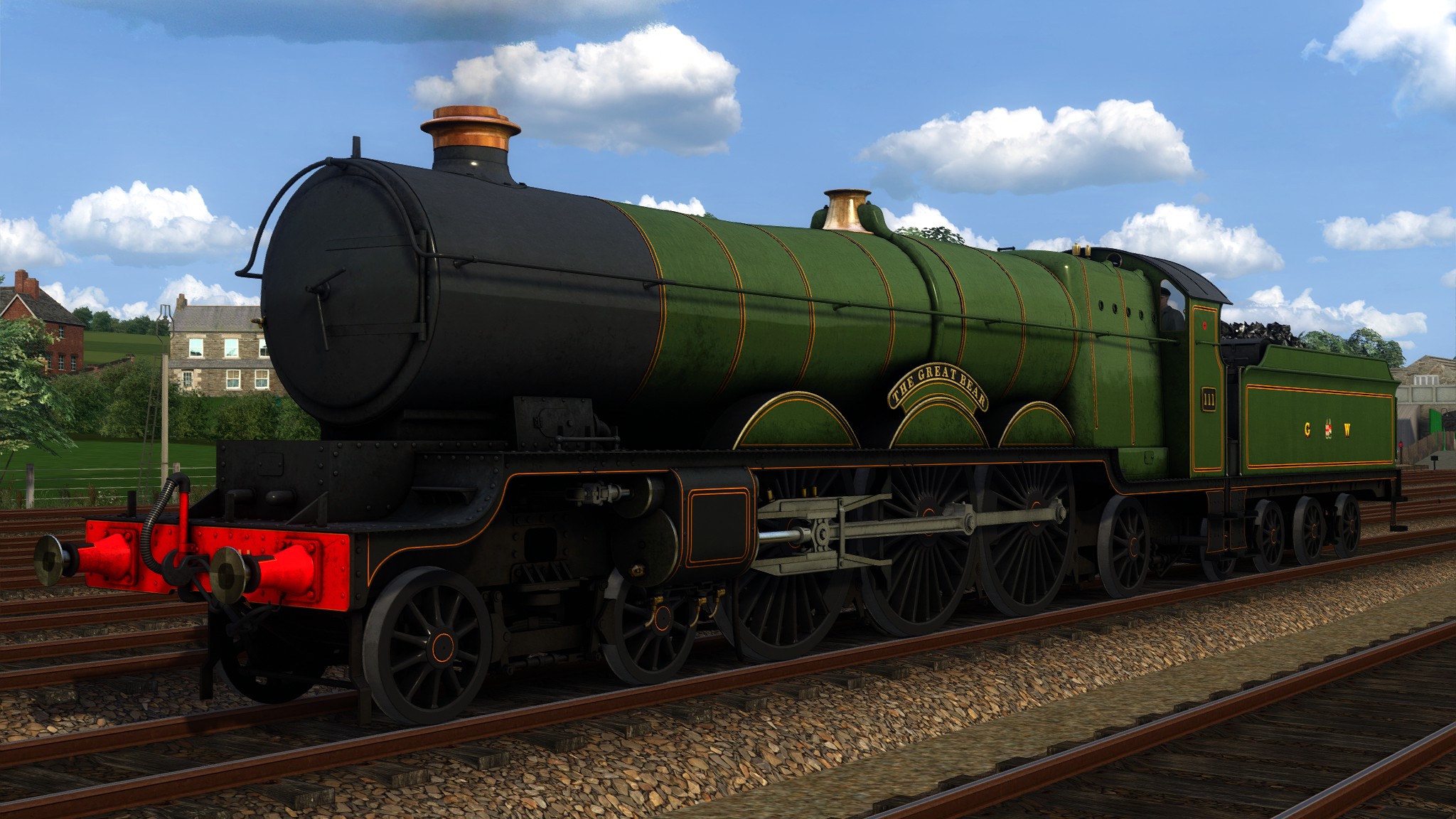
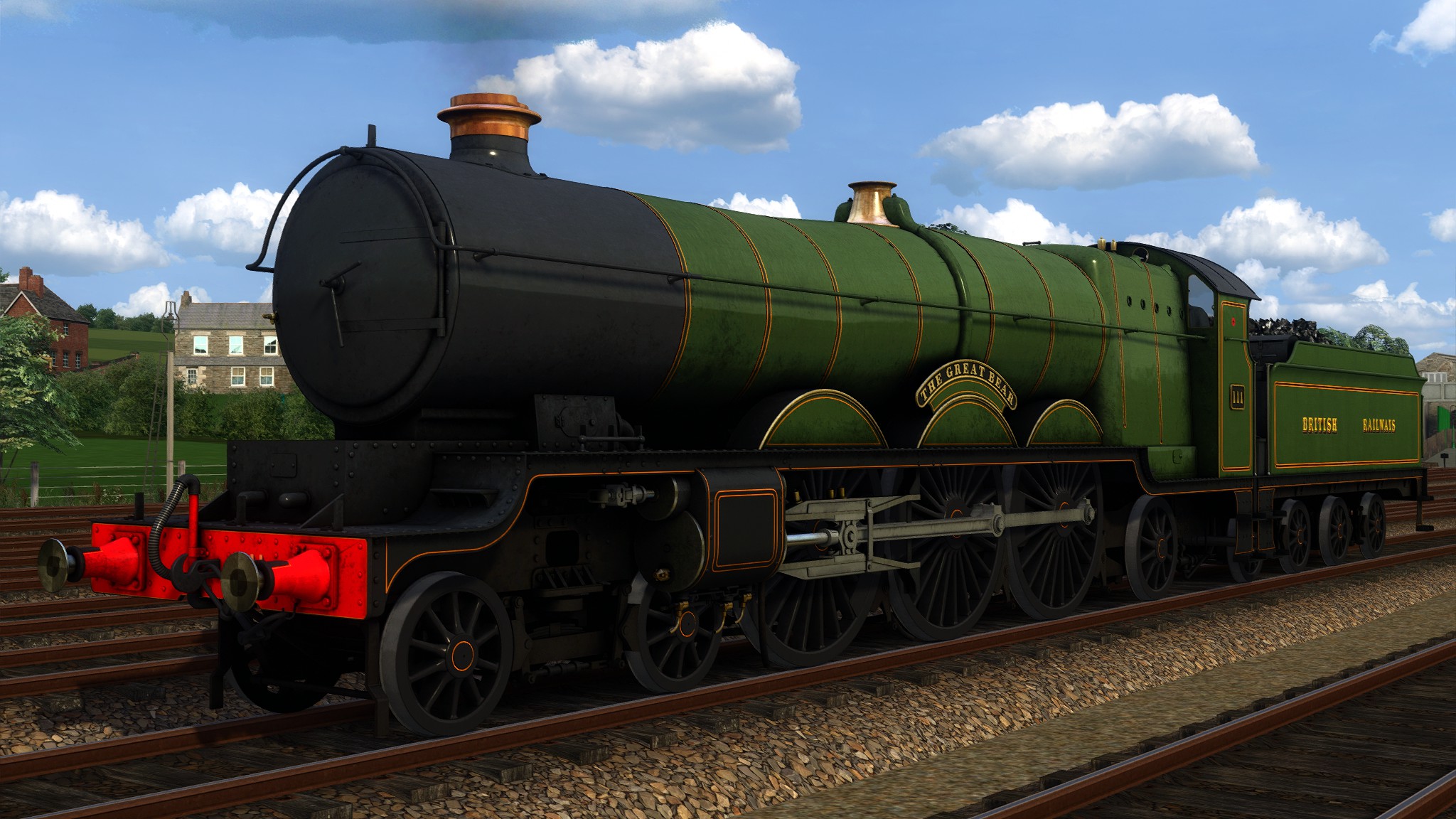
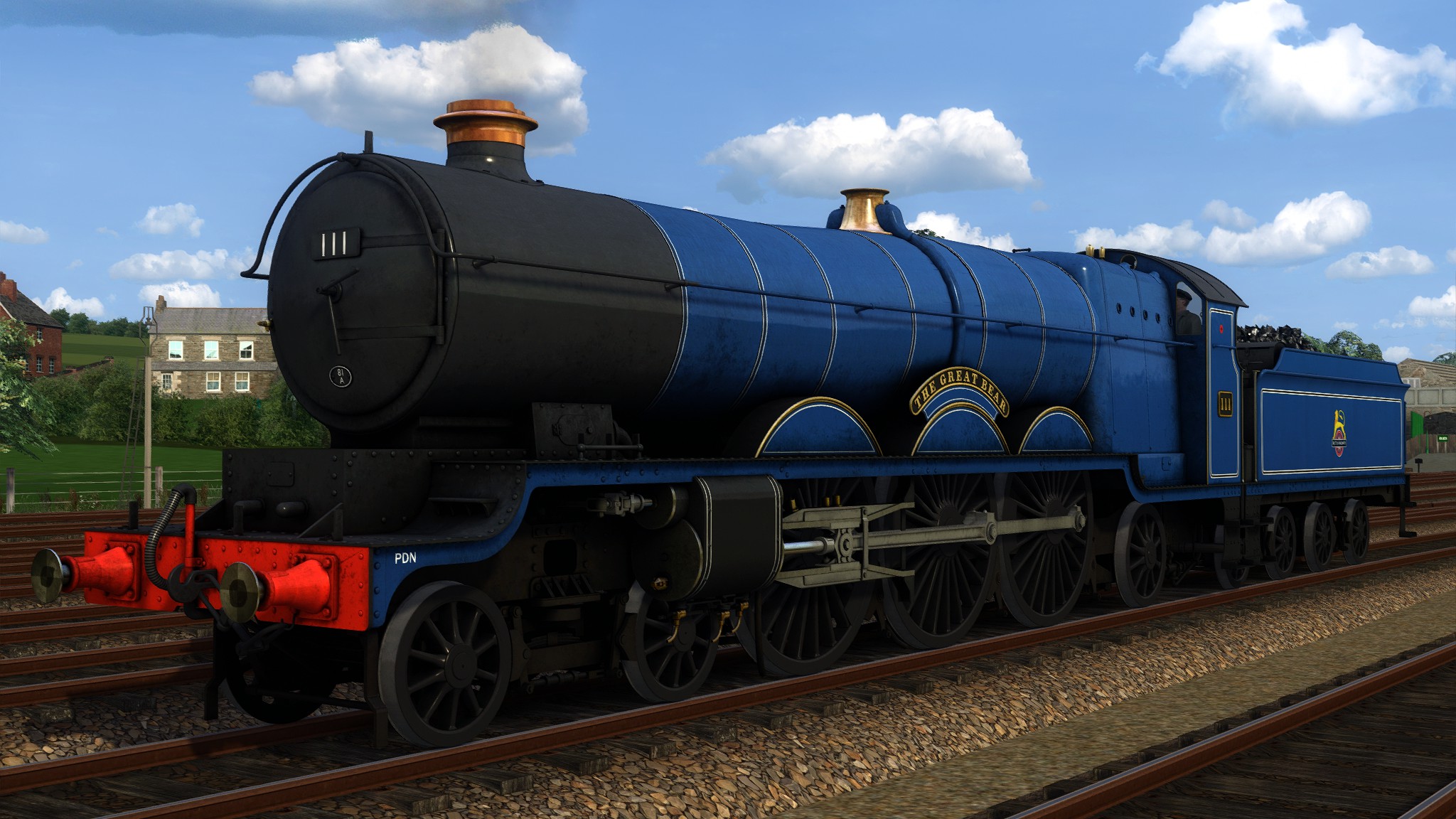
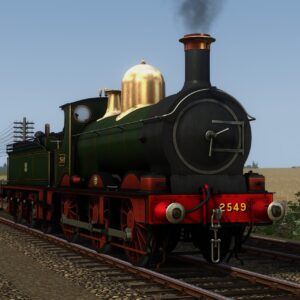
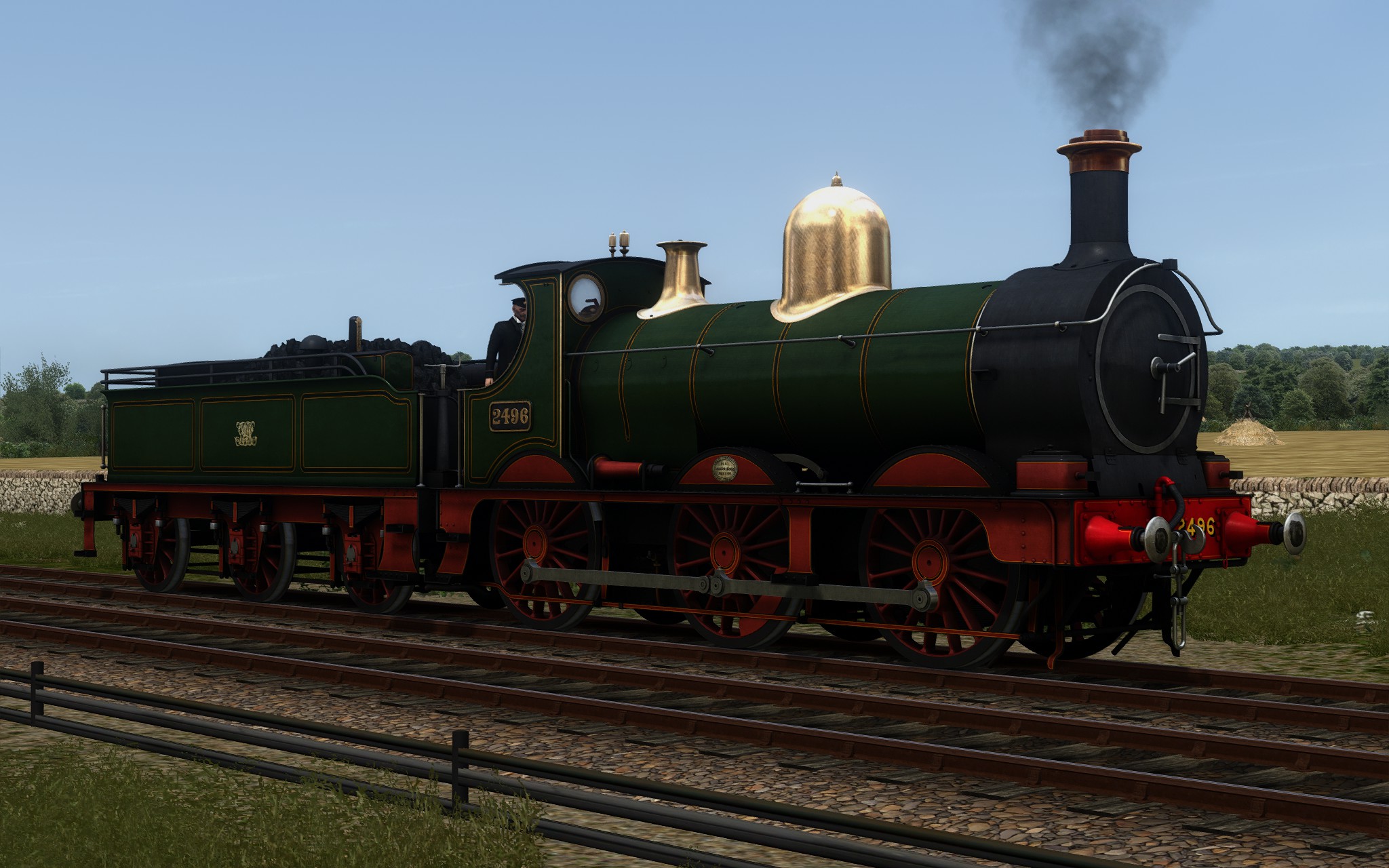
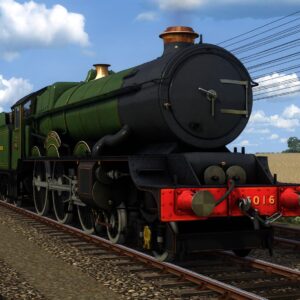
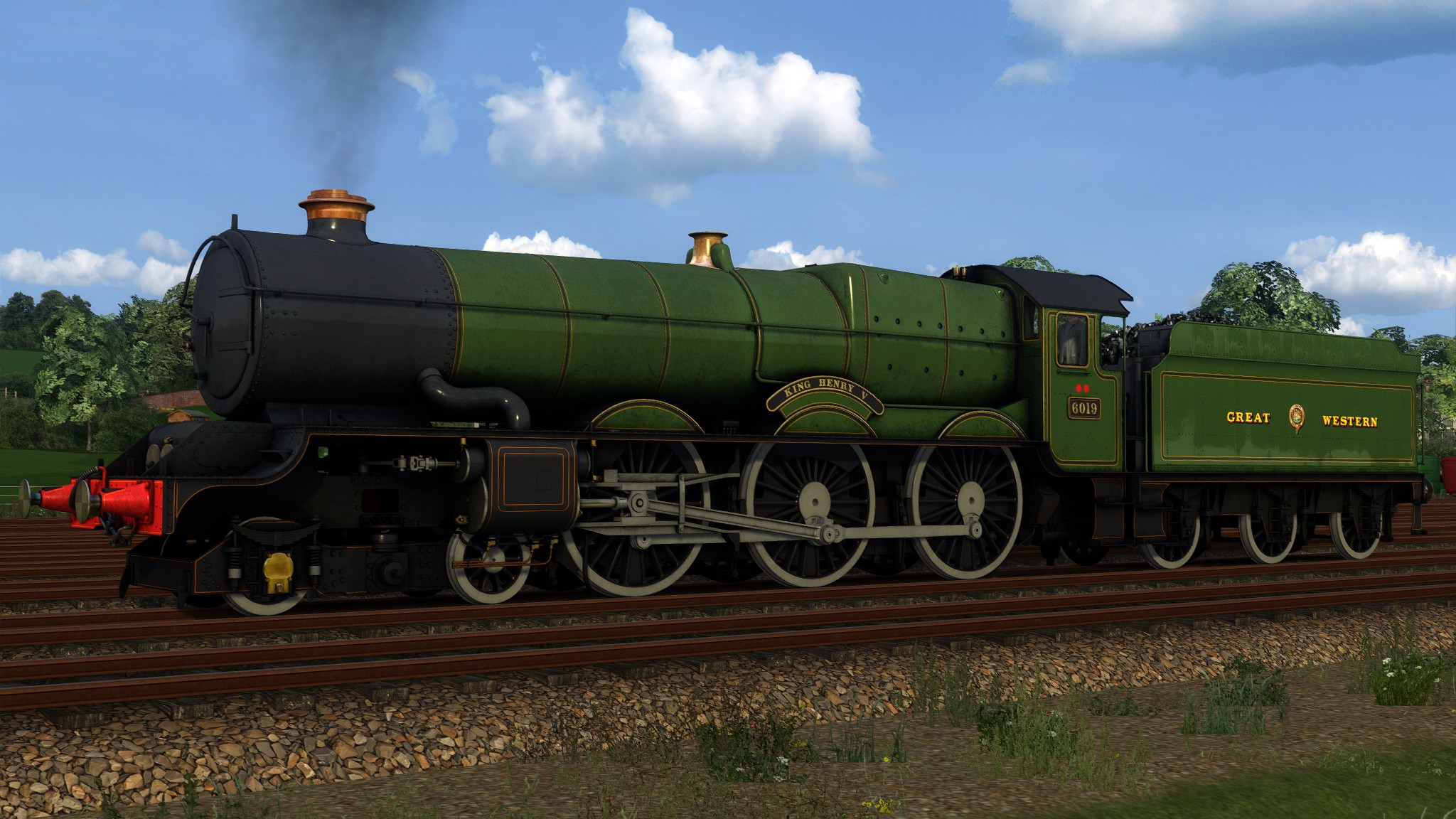
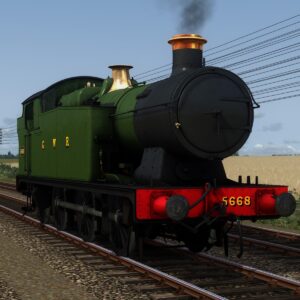
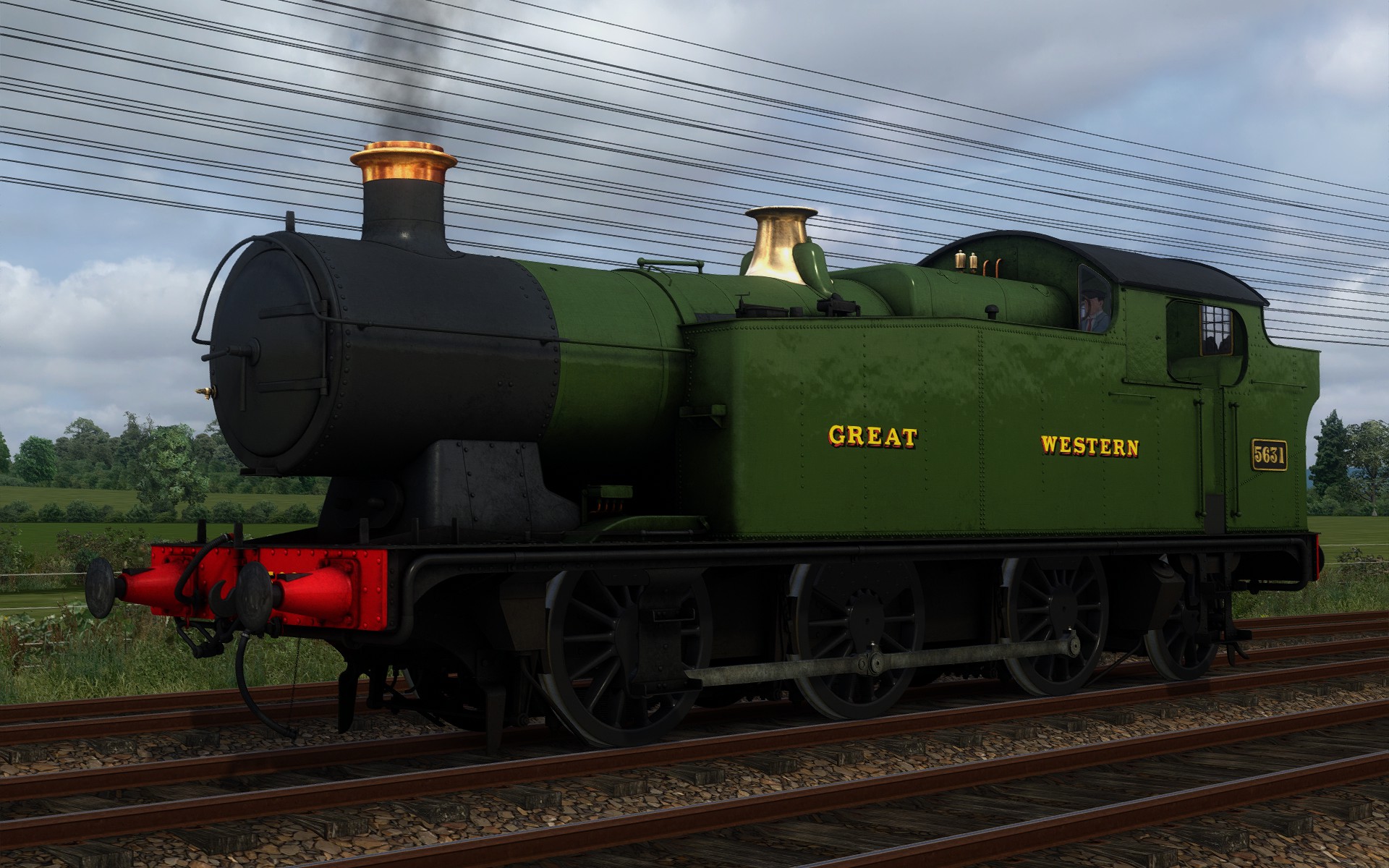
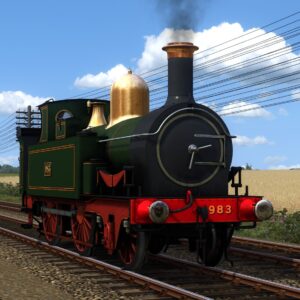
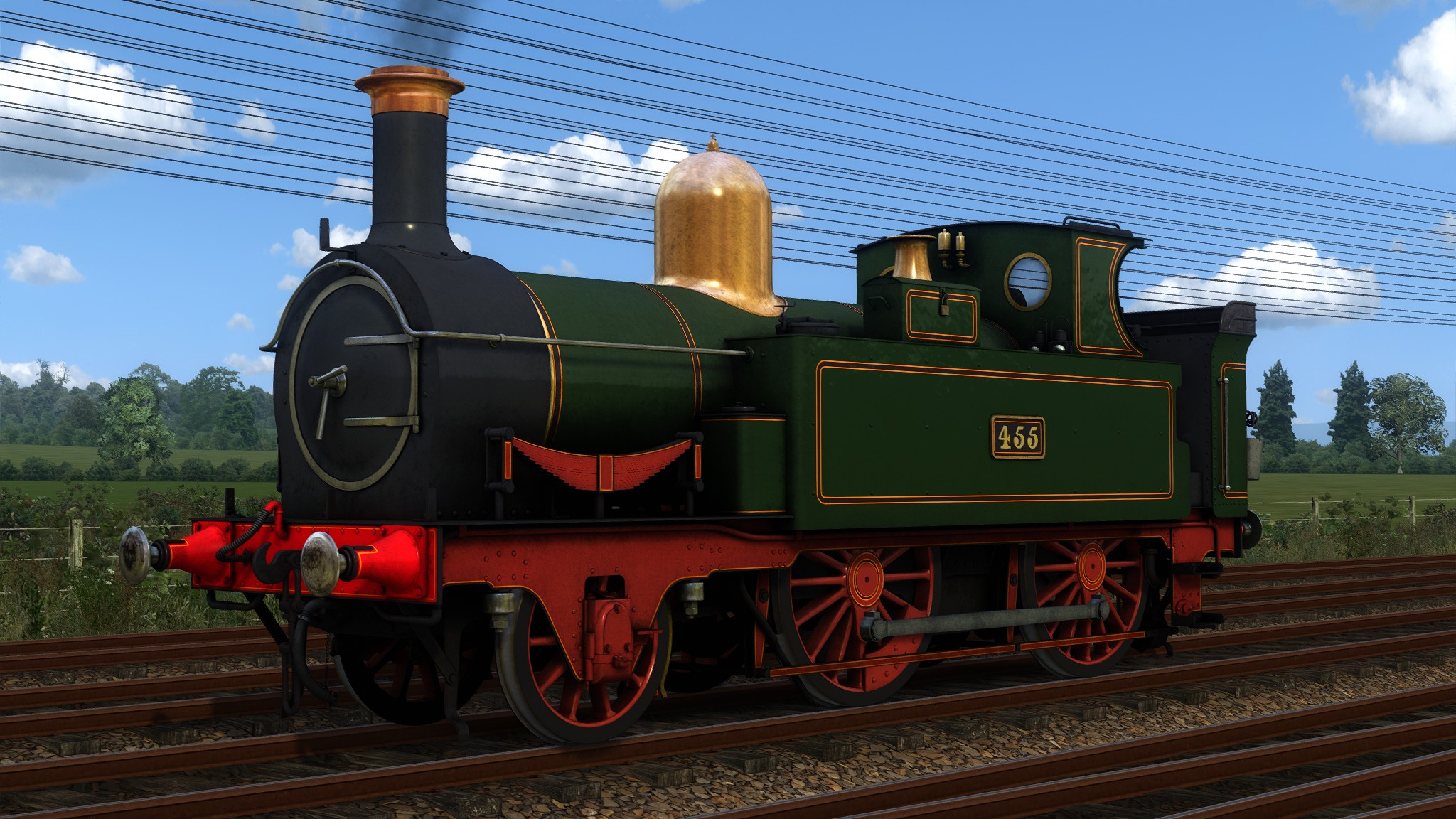
Will Smith (verified owner) –
Recently purchased this train in a sale, got to say this is one of the finest addons I’ve got in my collection! Really recommend it to anyone wanting a GWR loco!